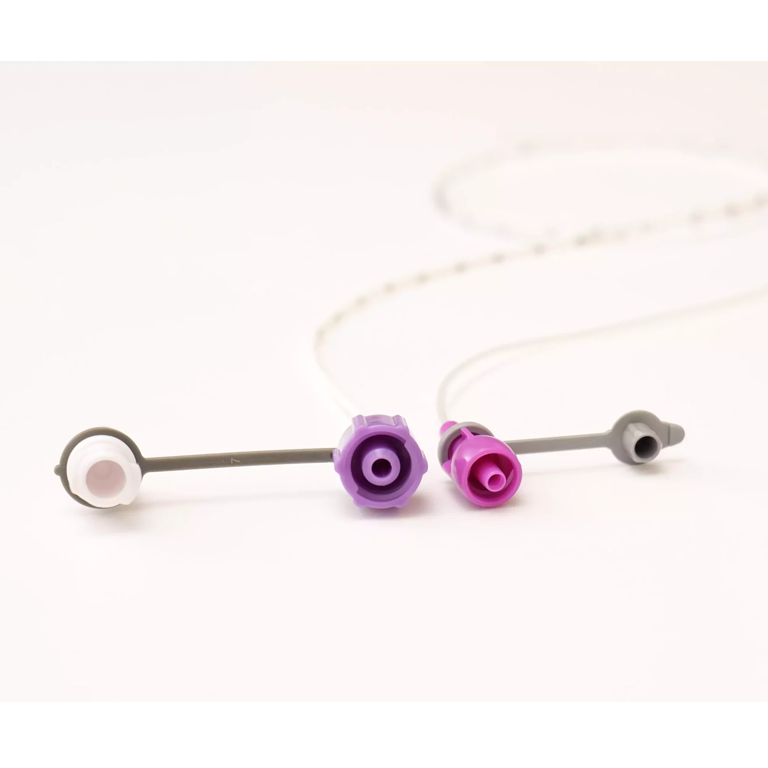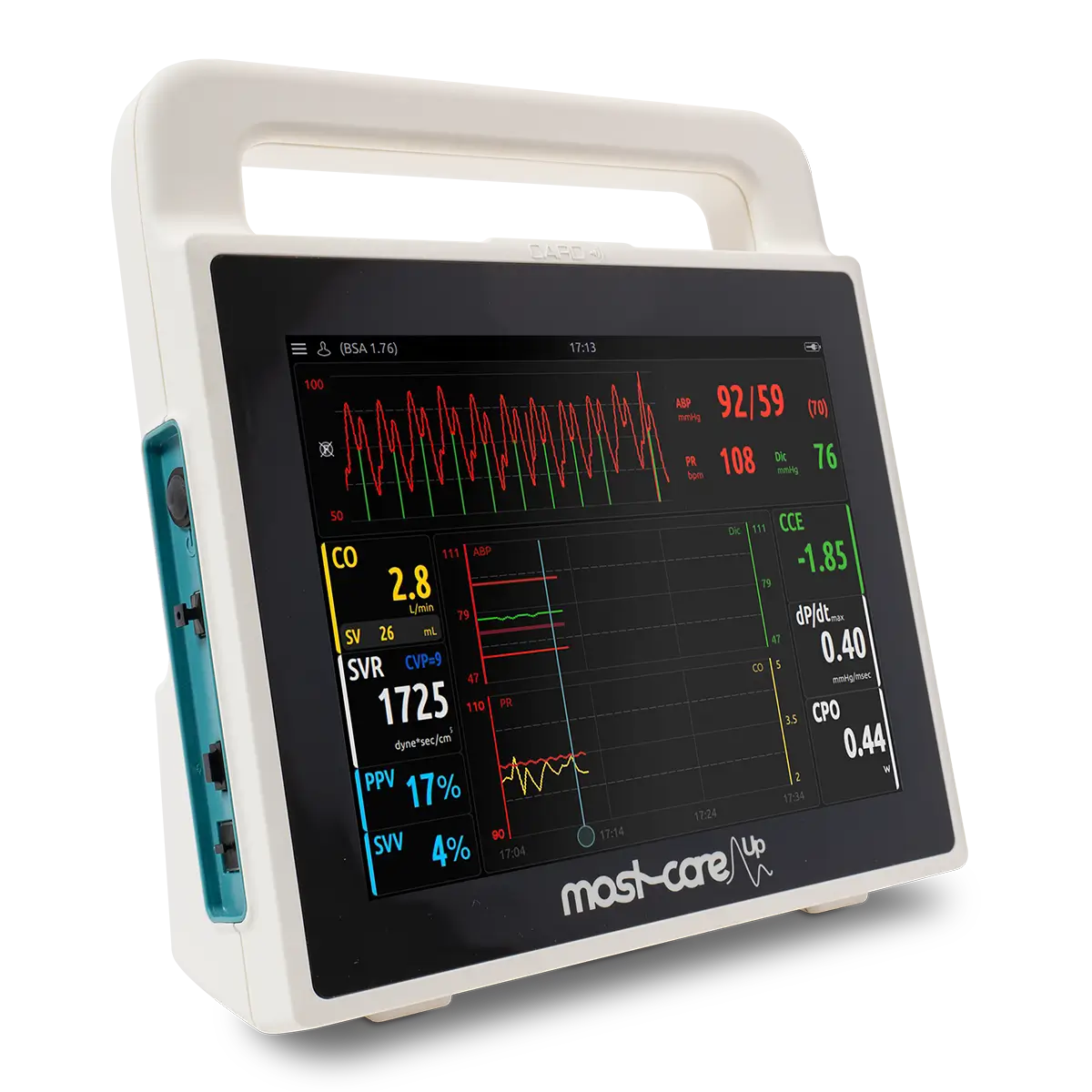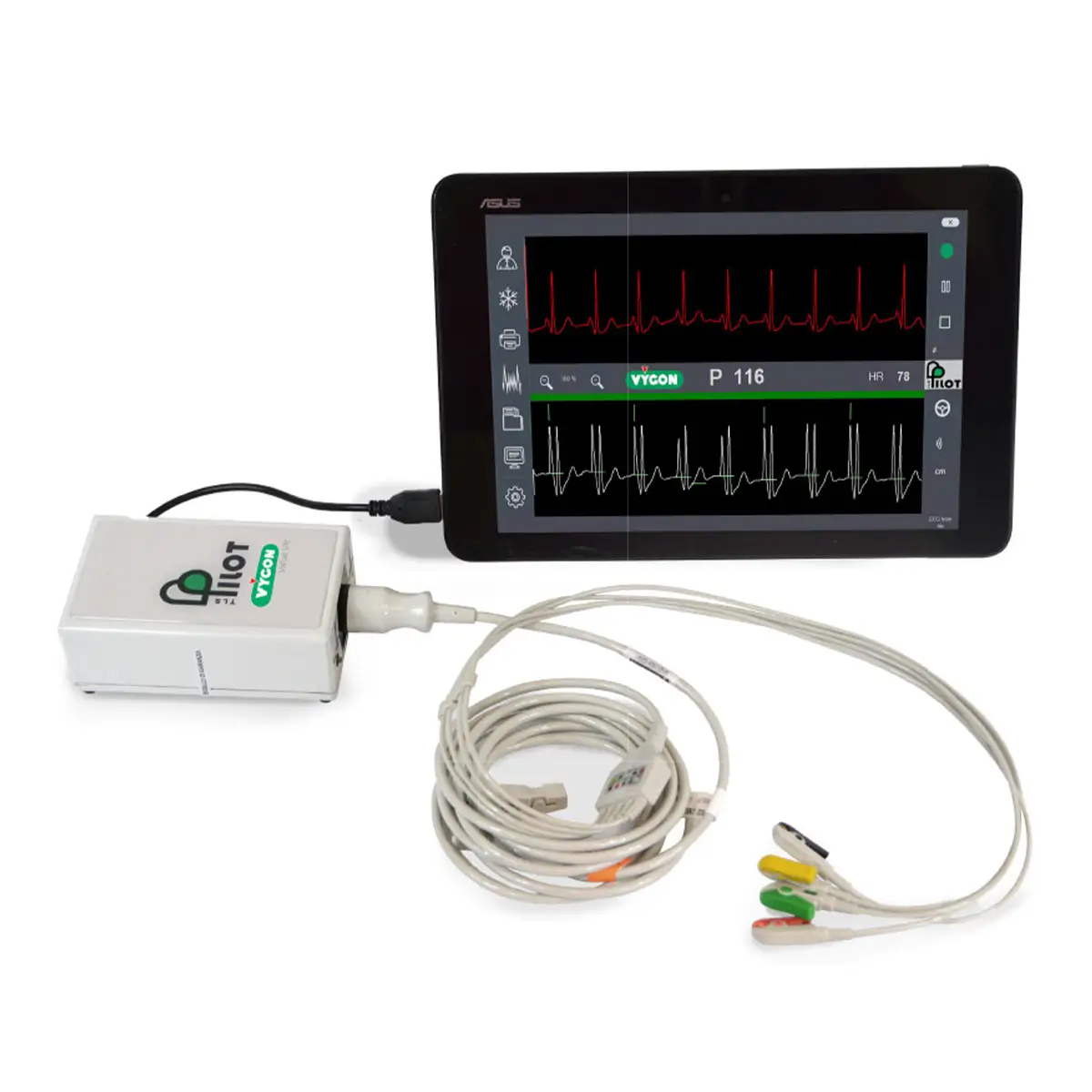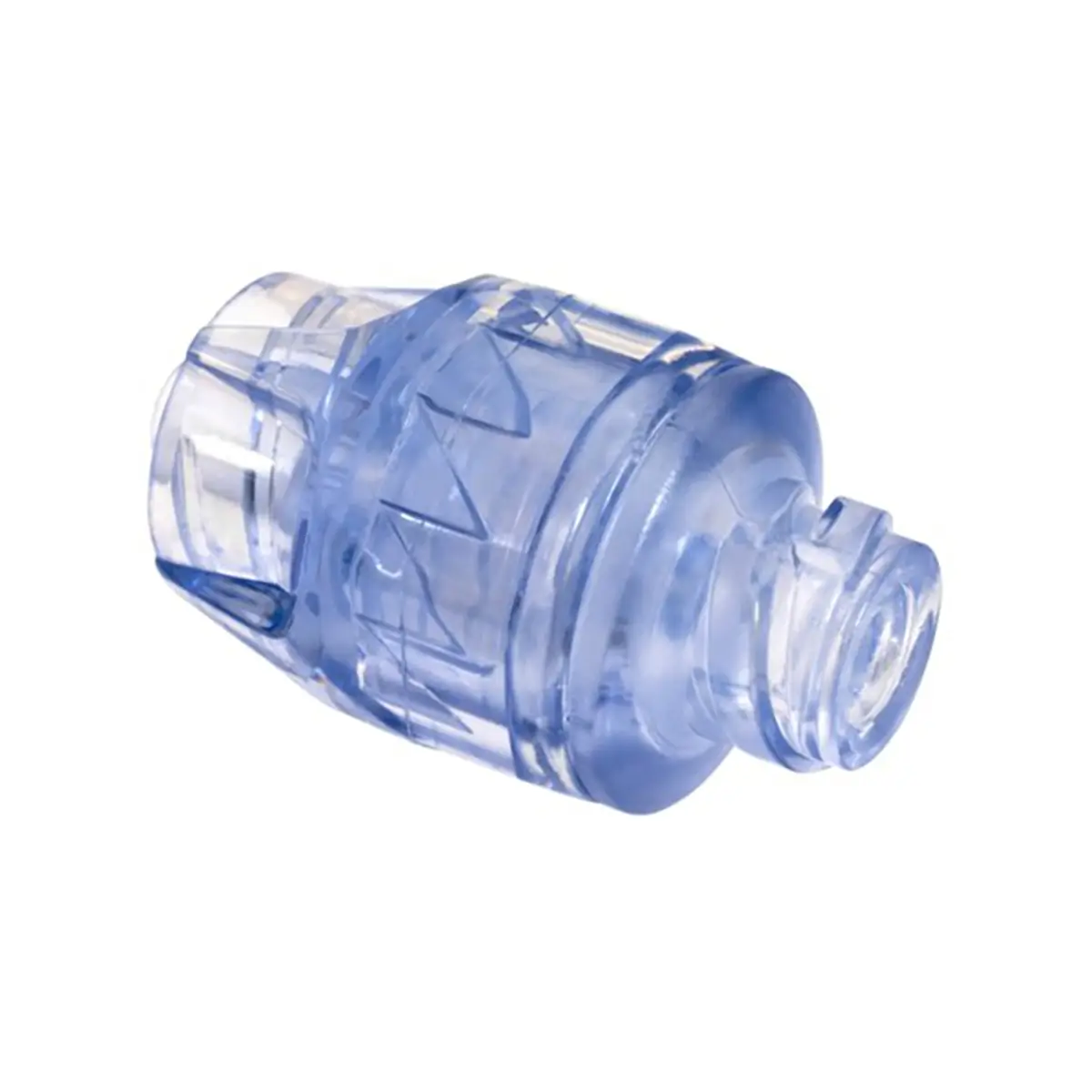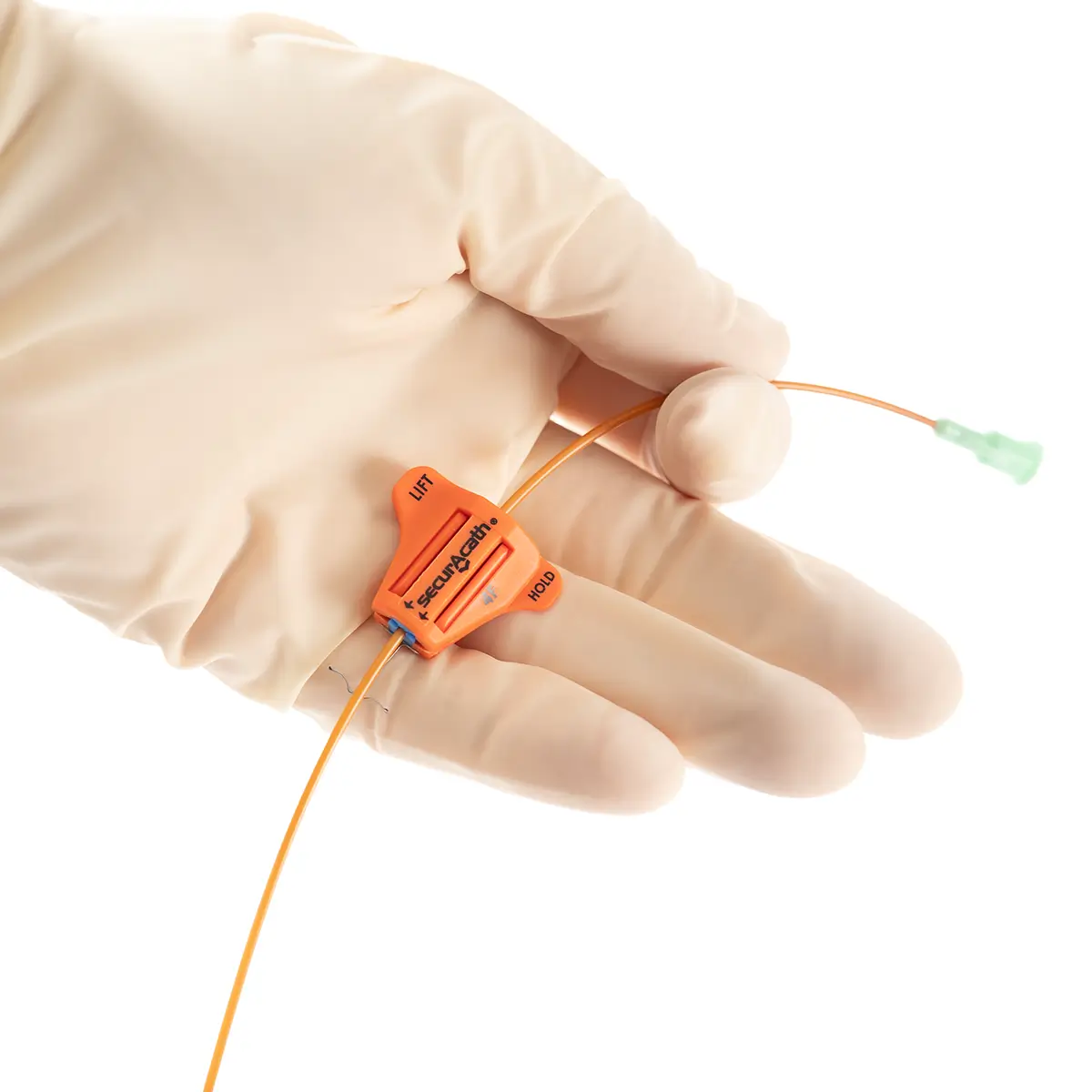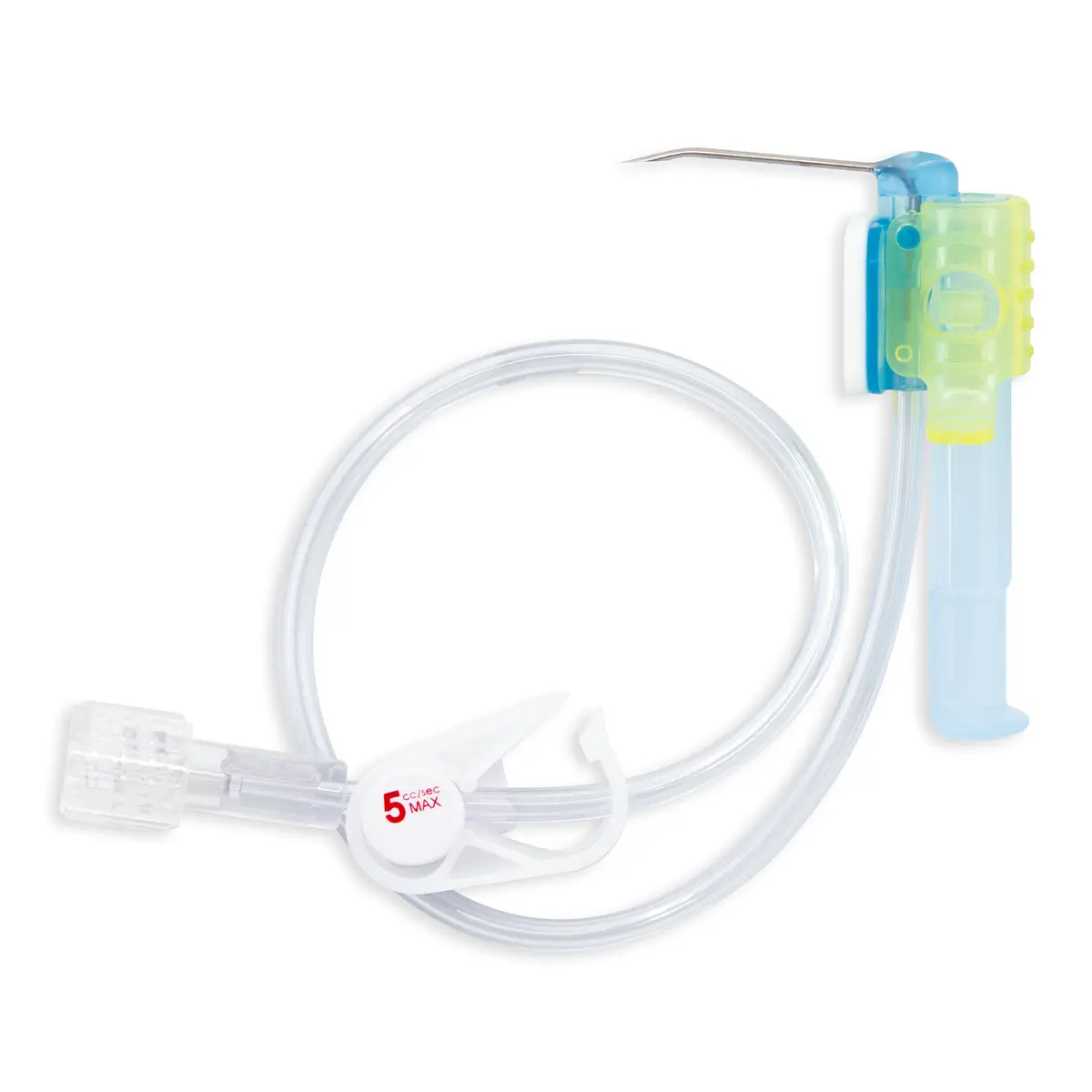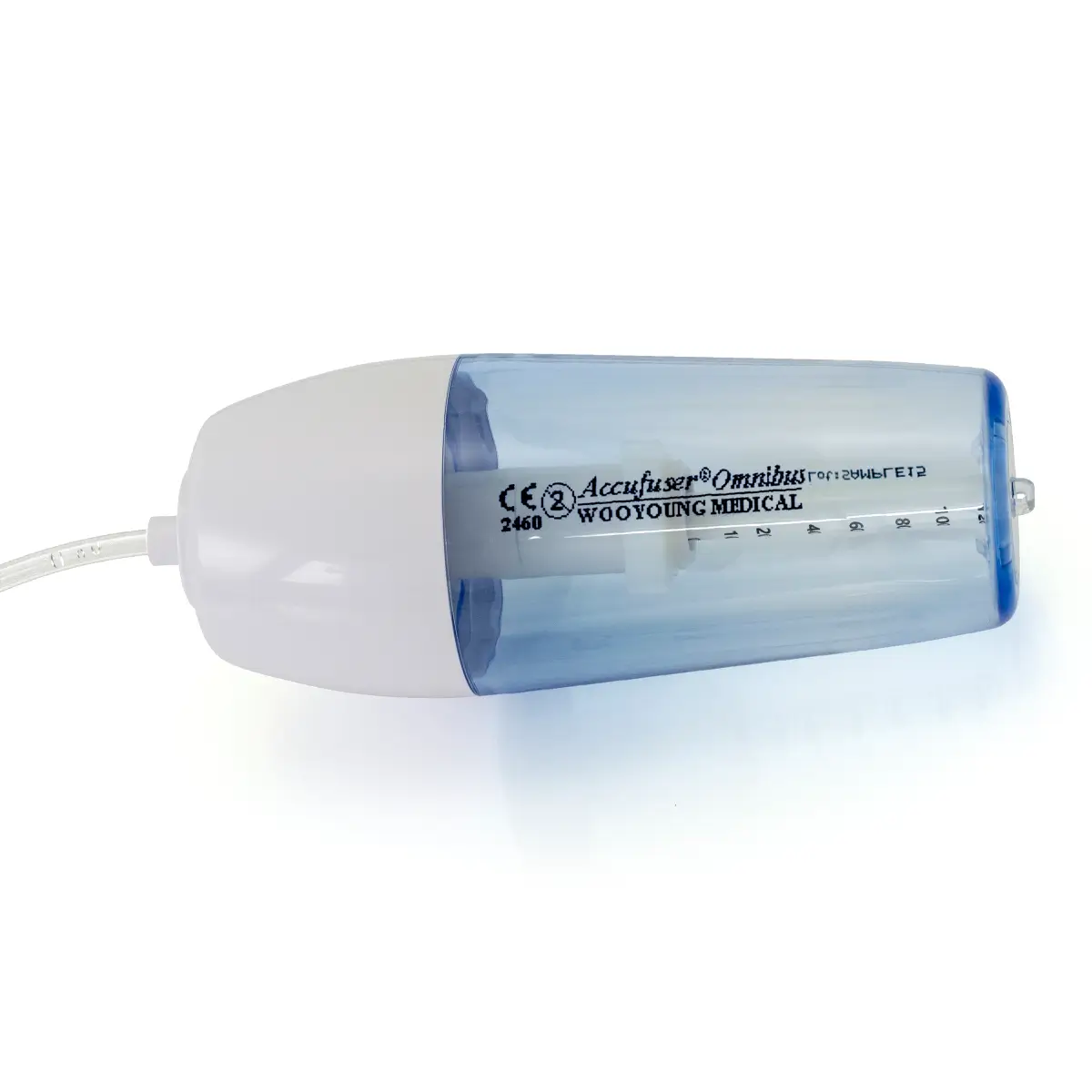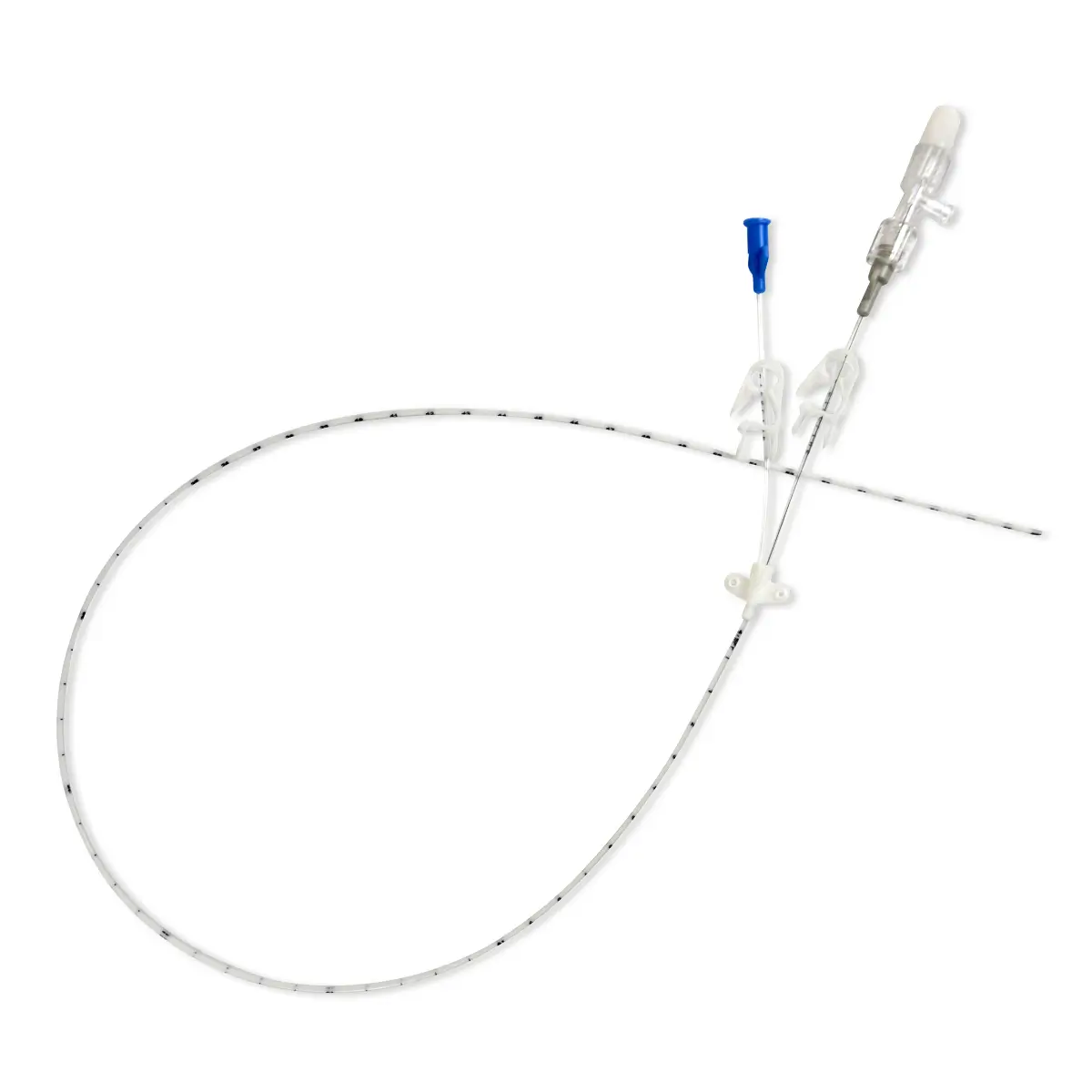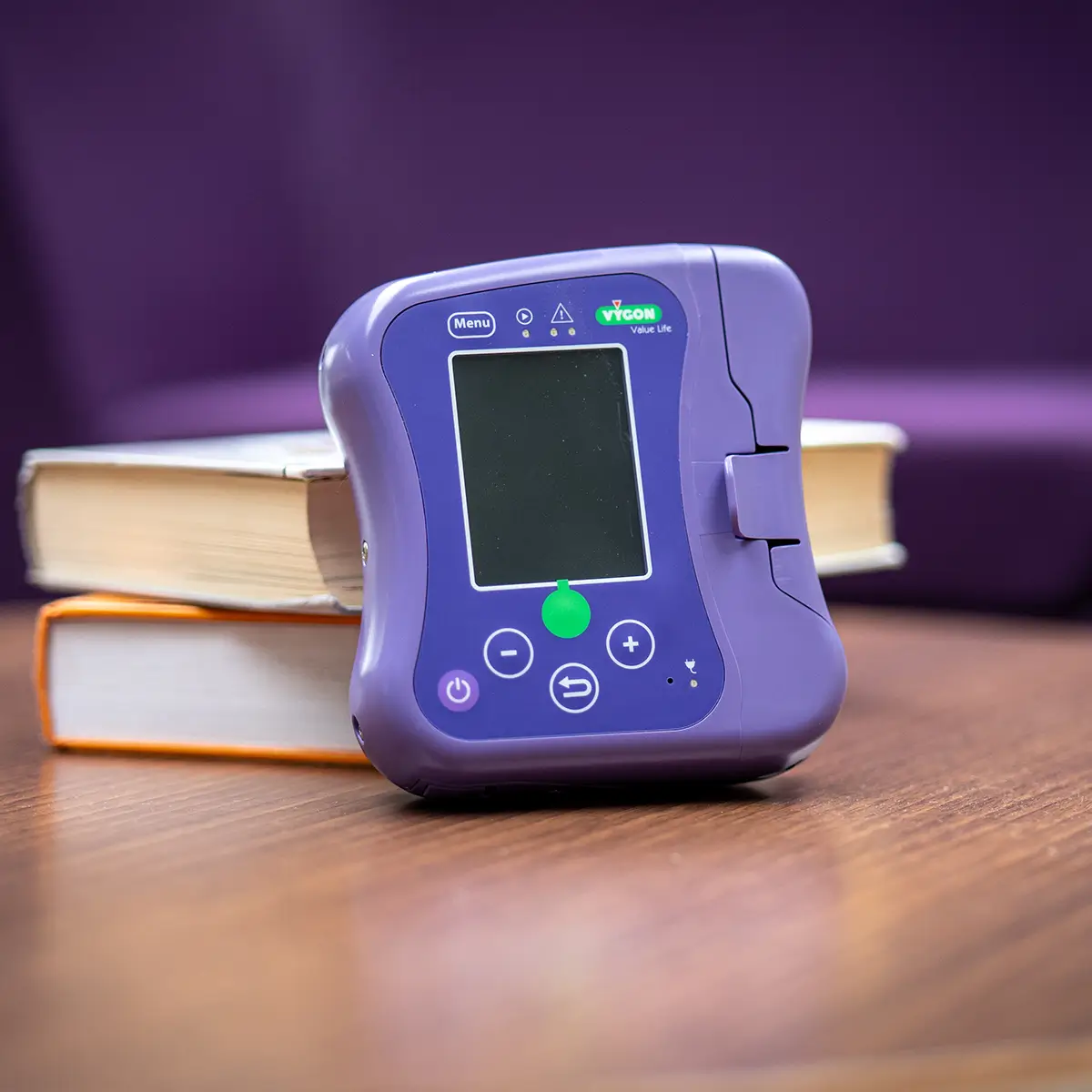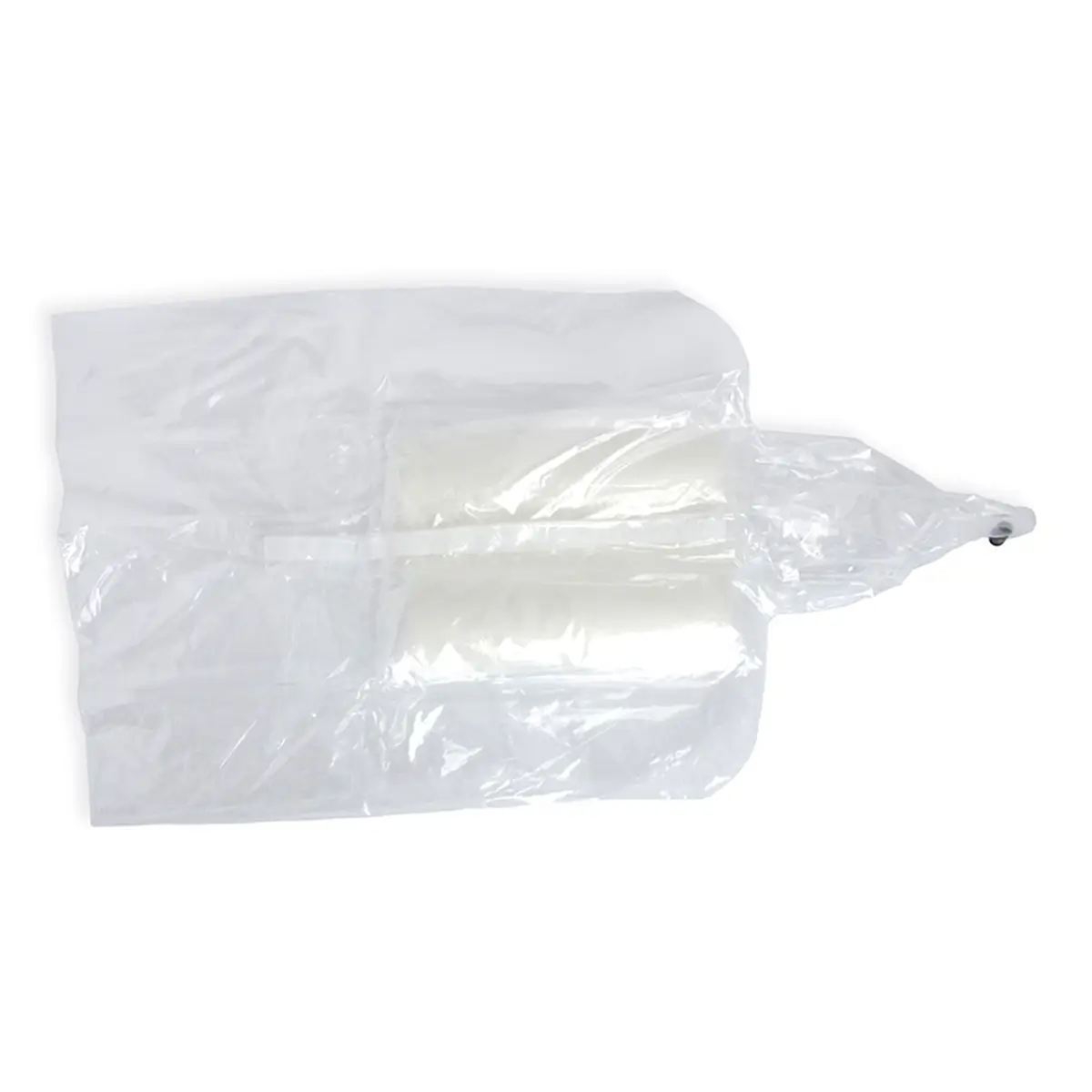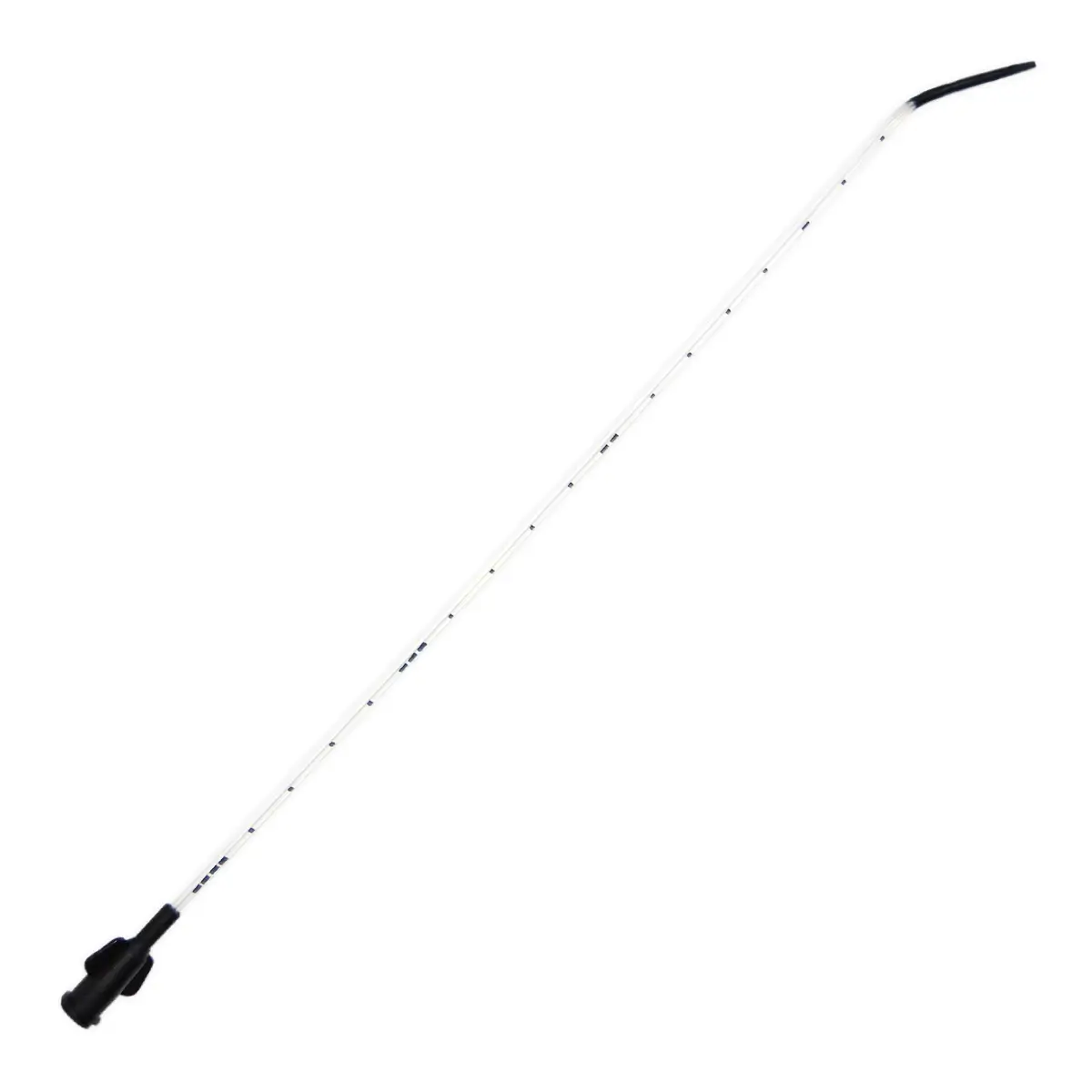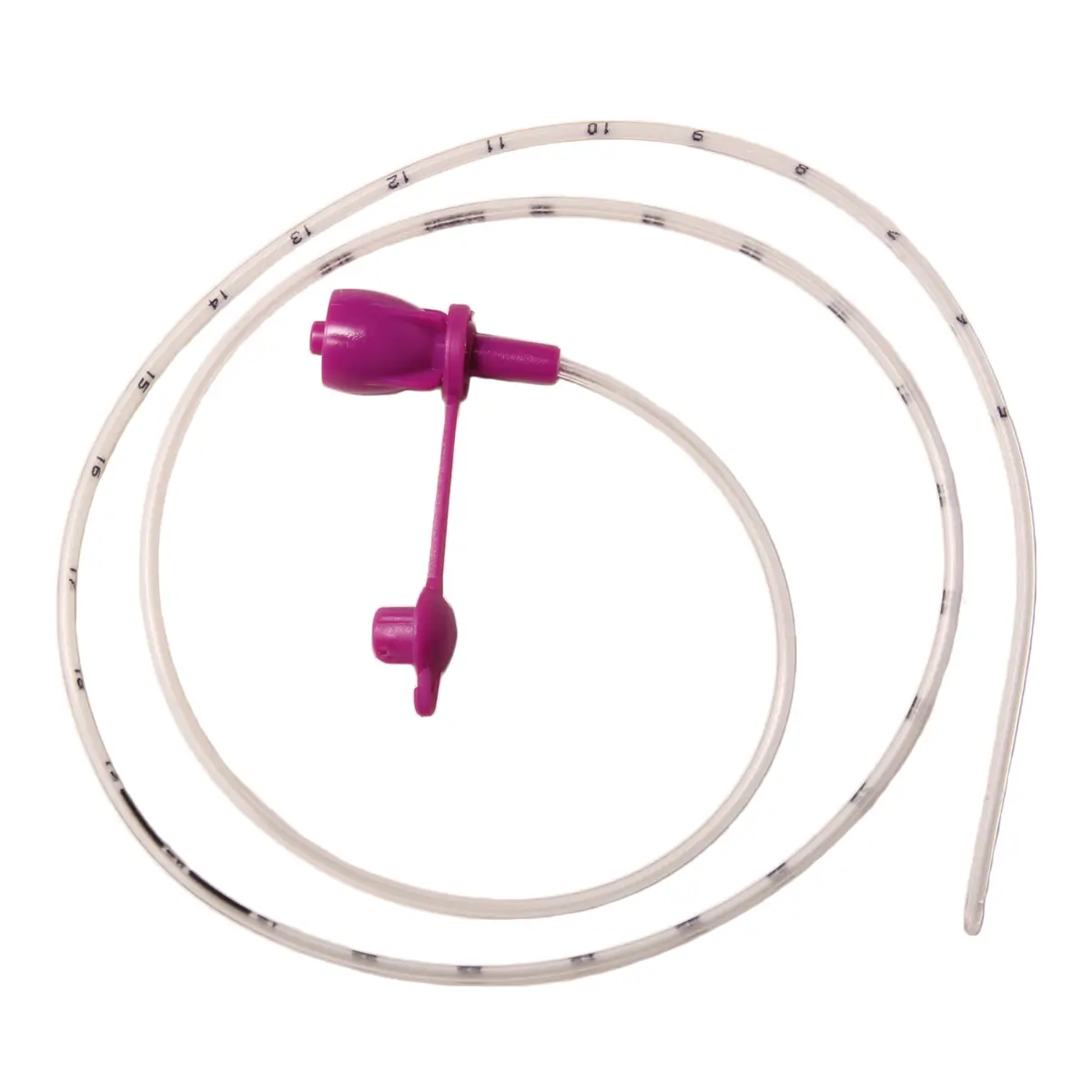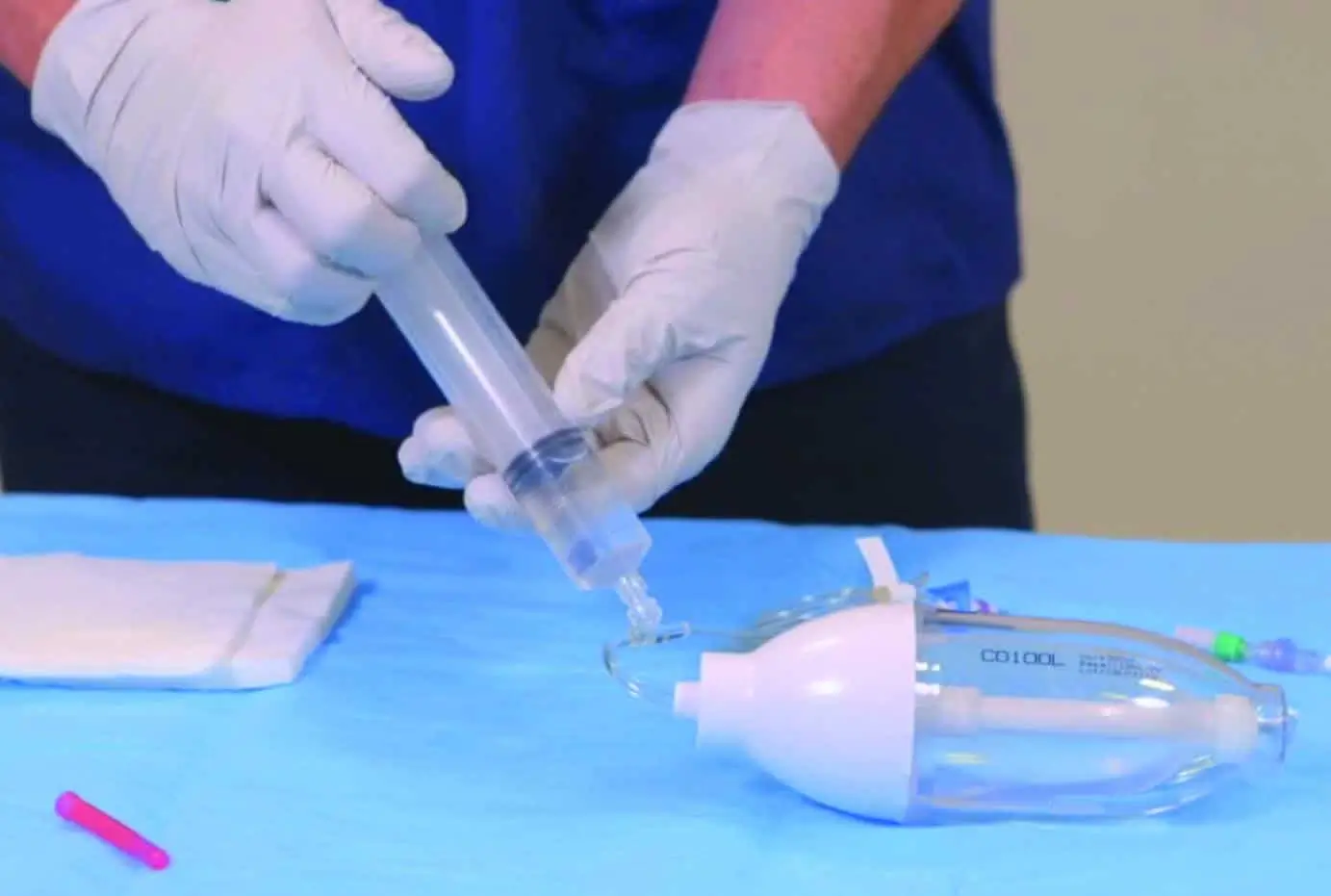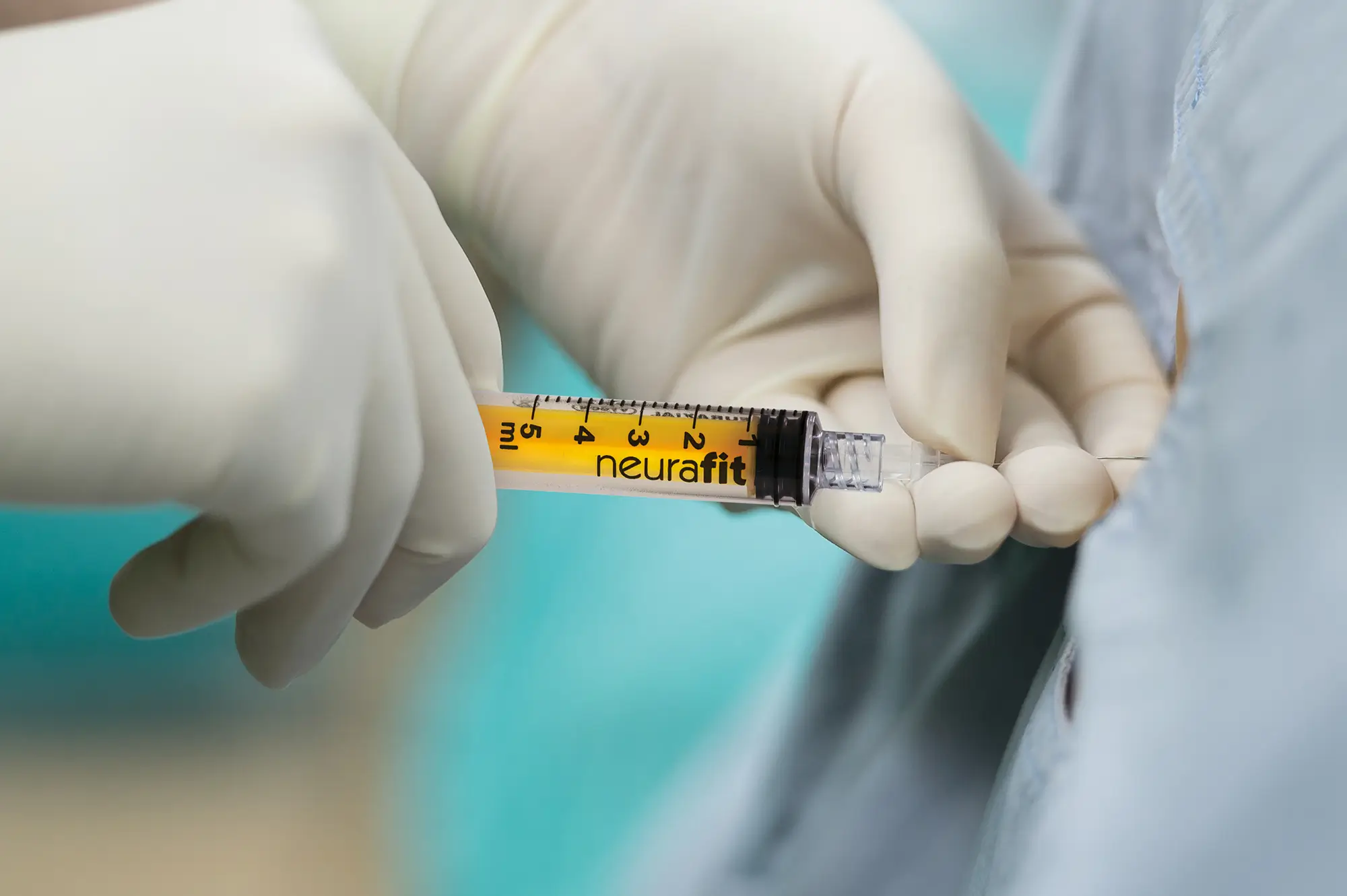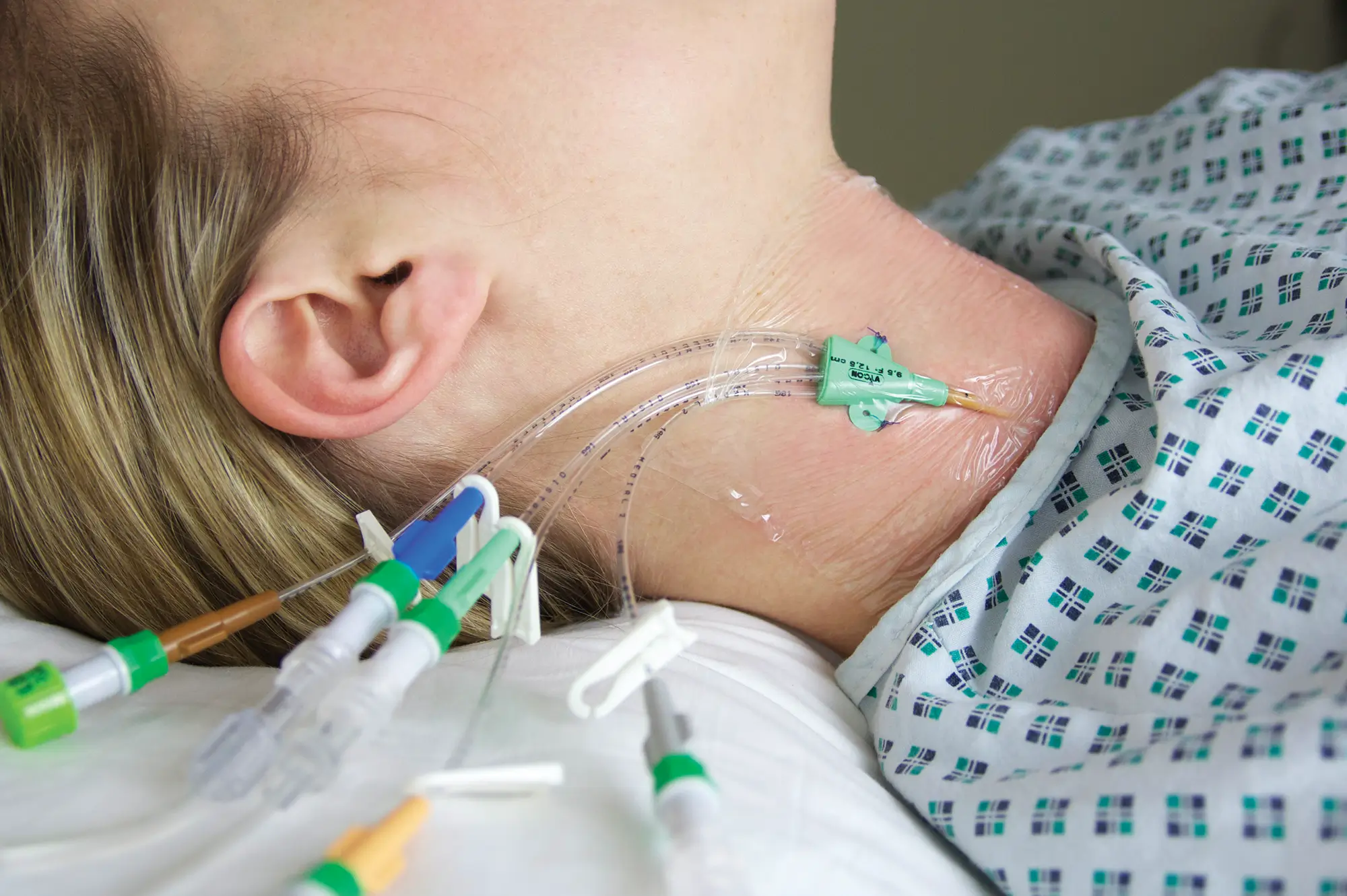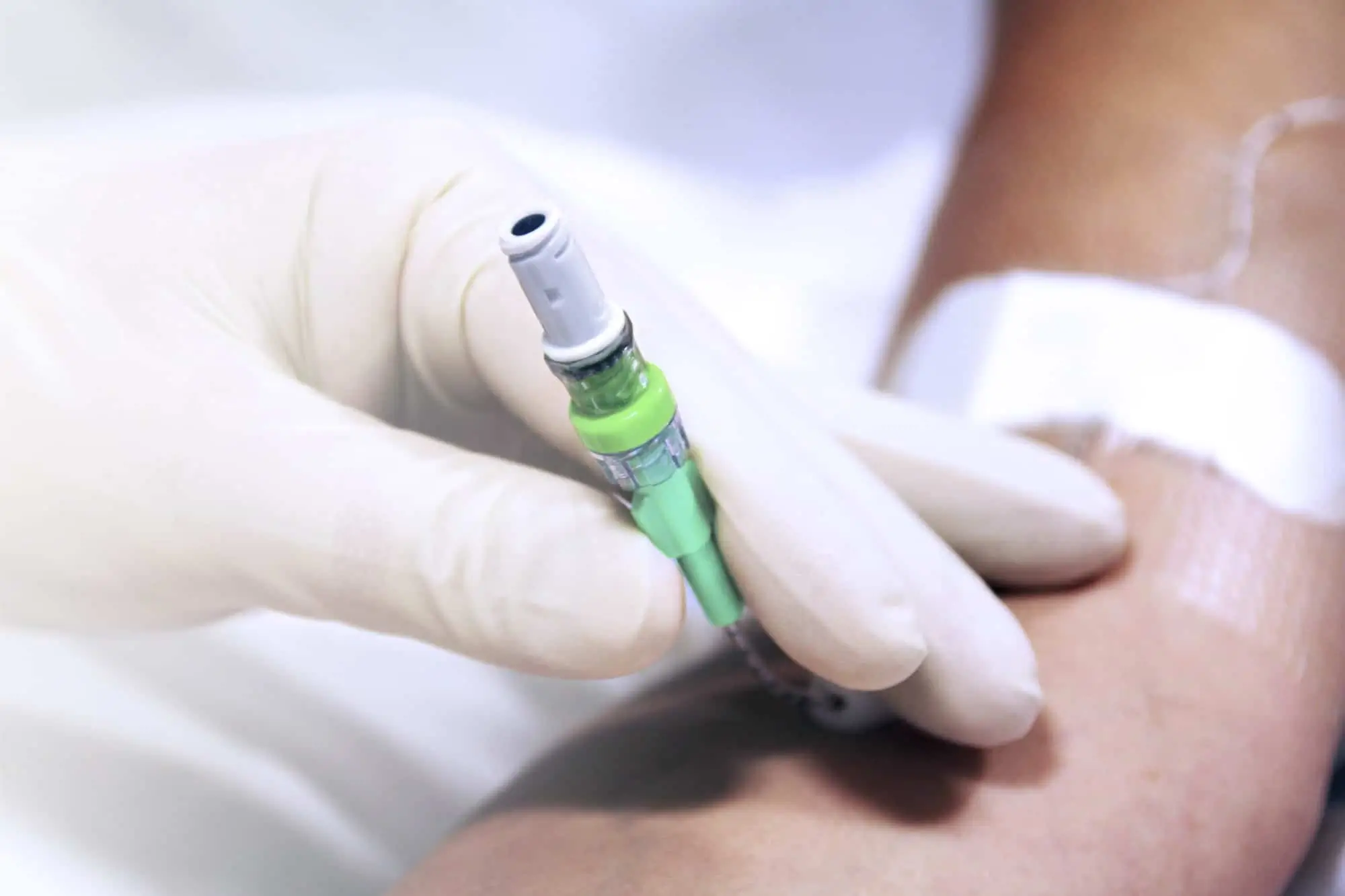Using Neohelp™ during delayed cord clamping

The benefits of delayed cord clamping (DCC) in preterm babies have been long debated. On delivery, most preterm babies are in reasonable condition and are only in need of assisted transition, not resuscitation.
Delayed cord clamping in preterm babies
The benefits of delayed cord clamping (DCC) in preterm babies have been long debated. On delivery, most preterm babies are in reasonable condition and are only in need of assisted transition, not resuscitation. [1] Providing that this is the case and that the baby can be kept warm the Resuscitation Council UK (RCUK) recommends DCC for at least 60 seconds whilst breathing is established. [2]
Recent studies have demonstrated that DCC can improve cardiovascular stability in the key postnatal period and is associated with a reduction in the requirement for blood transfusion. [3] Provision of DCC has been shown to reduce the relative risk of intraventricular haemorrhage by 41% (RR 0.59 95% CI 0.43 to 0.90). [3] However performing DCC requires an environment that is warm; and for the significant proportion of babies delivered by operative delivery (caesarean section); this would also need to be sterile.
Importance of providing thermal care
Thin skin reduced subcutaneous fat poor vasomotor control and an increased body surface to mass ratio can significantly increase the risk of heat loss and subsequent hypothermia to a preterm baby. For instance for every 1ËšC decrease below 36.5ËšC the risk of sepsis in preterm babies is increased by 11% whilst the risk of mortality is increased by 28% [4]. To put this in perspective in the first 10-20 minutes without any skin protection temperatures can fall by 2-4ËšC[5] with 50% of heat loss escaping from the baby’s head alone[6]. Even brief exposure to the effects of hypothermia has been associated with neonatal morbidity; impaired surfactant synthesis impaired surfactant spreading within the lungs pulmonary hypertension hypoxia and coagulation defects. Acidosis and hypoxia further inhibits surfactant production[7][8].
For a preterm infant delivered by c-section the baby must first be placed in a warm and sterile environment providing thermal care and skin protection. Vygon (UK) Ltd has recently launched a sterile neonatal heat loss prevention suit called Neohelp™. This suit helps to prevent heat loss through its double layer of soft clear polyethylene integrated hood and hermetic VELCRO® seal whilst DCC and Golden Hour Care take place.[9][10]
The full article can be viewed via the following link:
http://www.infantgrapevine.co.uk/viewer/grapevine/121/flipviewerxpress.html

